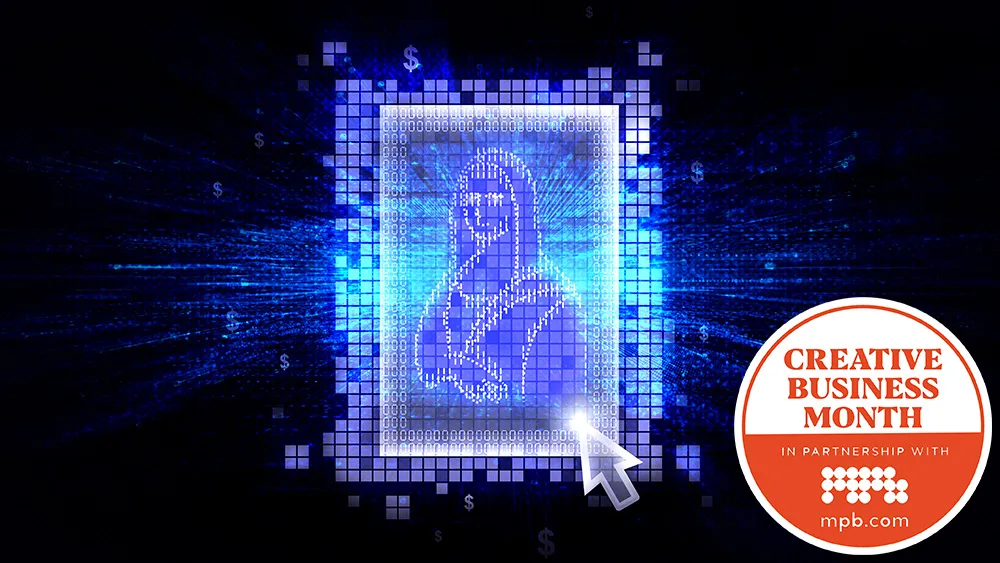why is nft bad for the environment
A non-fungible token is a cryptocurrency component that cannot be divided or shared without losing value. This is the same for any other crypto component such as Bitcoin, Ethereum, ZCash and others. Non-fungible tokens are primarily used in the gaming industry so that players can trade their digital assets in games like CryptoKitties, which has caused a lot of controversy in recent times due to its intense resource usage, which ultimately led to overloading the Ethereum network and making it temporarily unusable by users.
A non-fungible token is a token that can not be replicated. The issue with this type of token is that it needs to be mined. Mining uses a tremendous amount of energy and resources which has caused many people in the environmental space to form an opinion on this topic because it's not sustainable for our planet to continue mining these types of tokens indefinitely because it will eventually consume too much resources for us to not have any left.
With any luck, one day there will be an alternative other than mining these types of tokens which would allow us to keep them in circulation without having too many other resources go into mining them.The basis of NFTs is that they are fungible:
Any given token can be substituted with any other token which makes them interchangeable and in infinite supply; it makes sense then for this feature to make things easier for development and marketing. This is because they are essentially using multiple tokens in order to create one token, so this process does not have much sustainability.

Non-fungible tokens are different from fungible tokens, which means that they cannot be exchanged or converted into other types of digital assets. Non-fungible token ability could be limited to just one blockchain project, for example, and all digital assets within that project can only be accessed with a specific identifier for that project.
The post will go through the additional resources required for this process and will show how it can reduce the sustainability of non-fungible tokens over time. Non-fungible tokens, otherwise known as NFTs, have a lot of potential.
They offer a new way for users to interact with the blockchain and create interactive items around the world. The problem is that these tokens are not easily recycled or discarded, which leads to much environmental harm in the manufacturing process and disposal.
This article will explore what it really means by "non-fungible", why it's so important to use sustainable materials while creating NFTs, how you can make sure you're doing your part, and how you can change this waste of resources into something valuable for society at large. Non-fungible tokens (NFTs) are proving to be a really bad idea for the environment. Recently, they've taken the spotlight as Ethereum's hotly-anticipated ERC721 token standard has emerged. Anticipated because, along with things like CryptoKitties, they represent its most practical use case yet.





Comments
Post a Comment